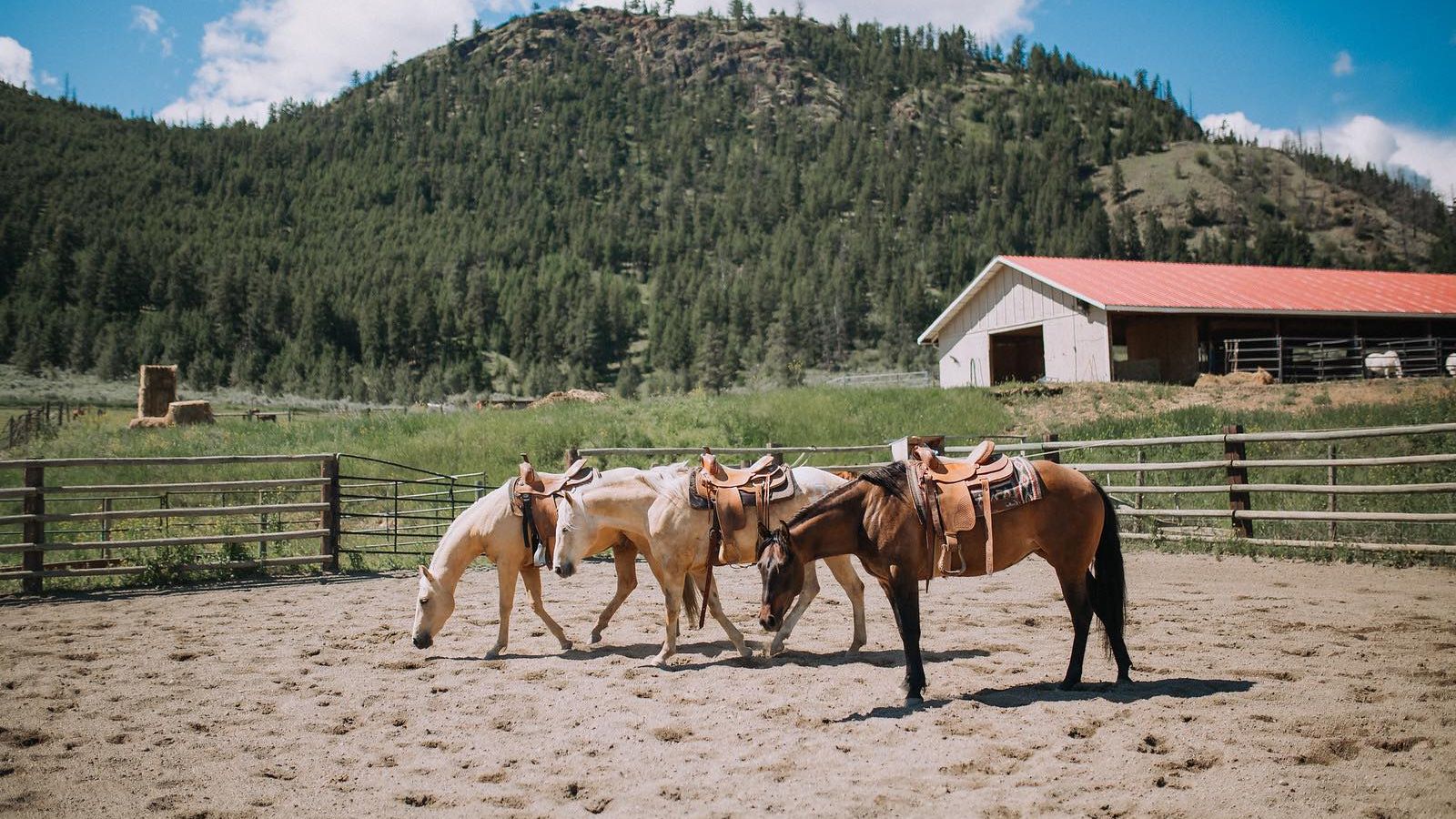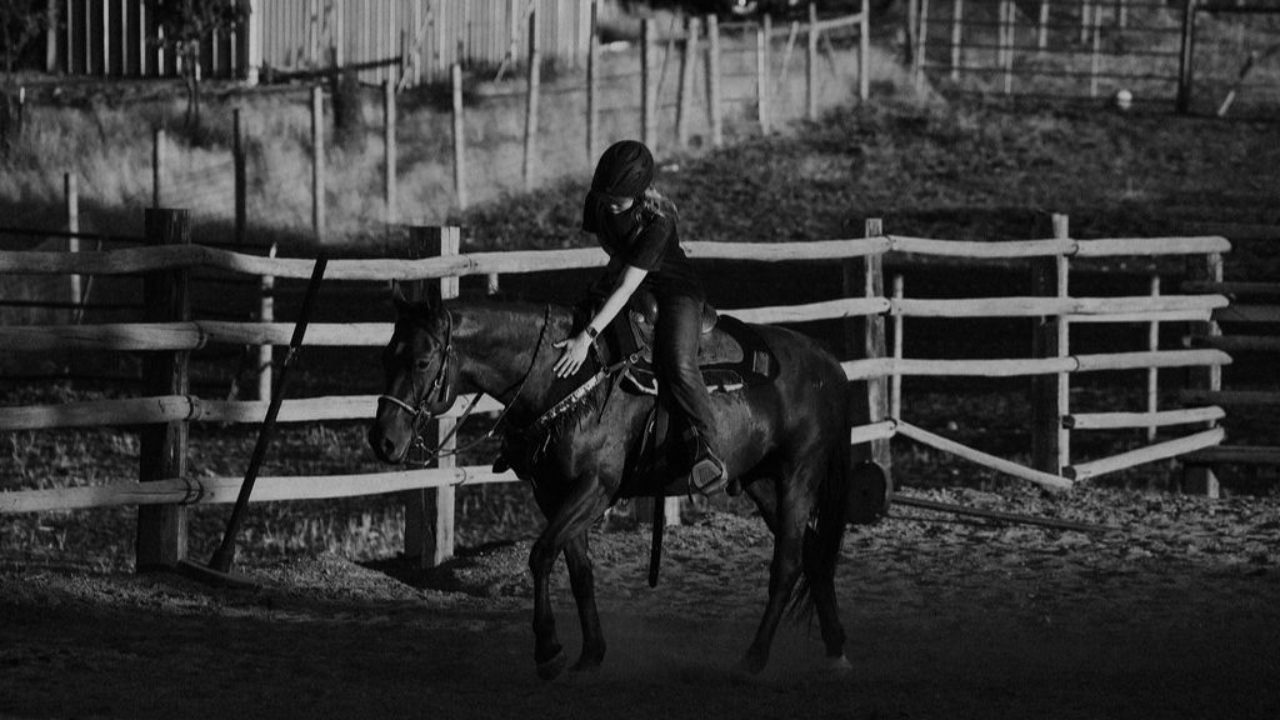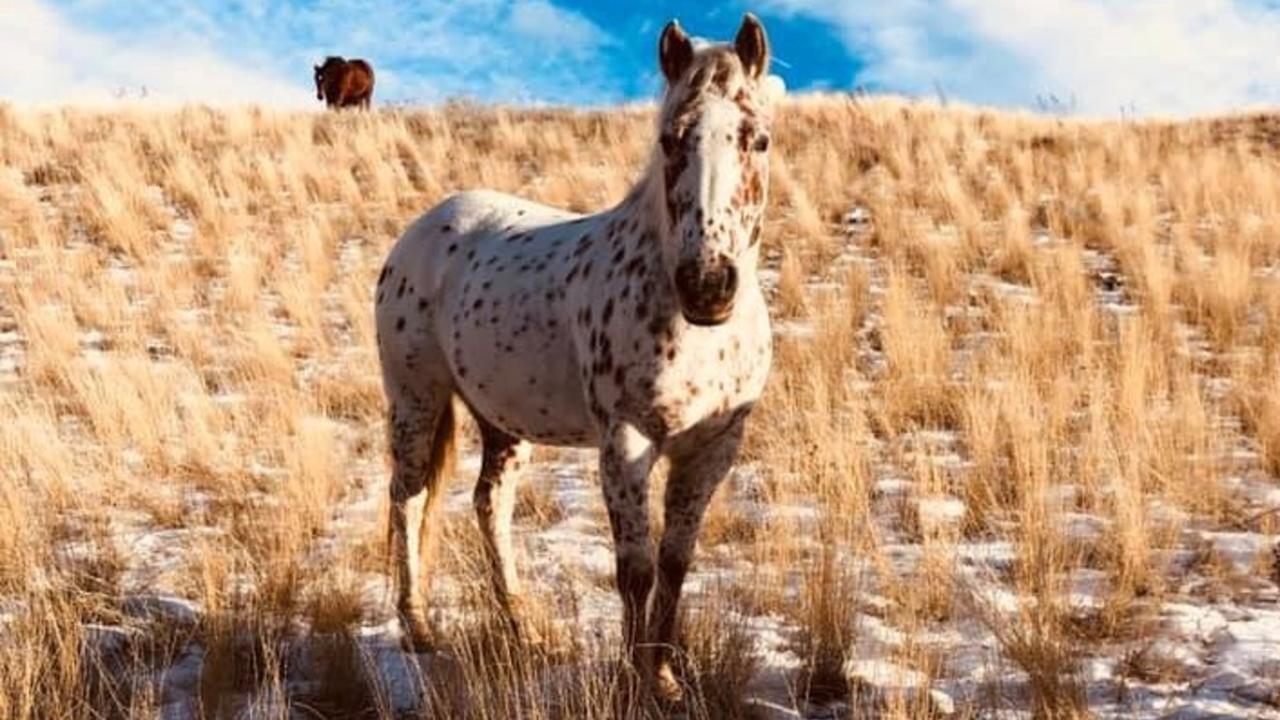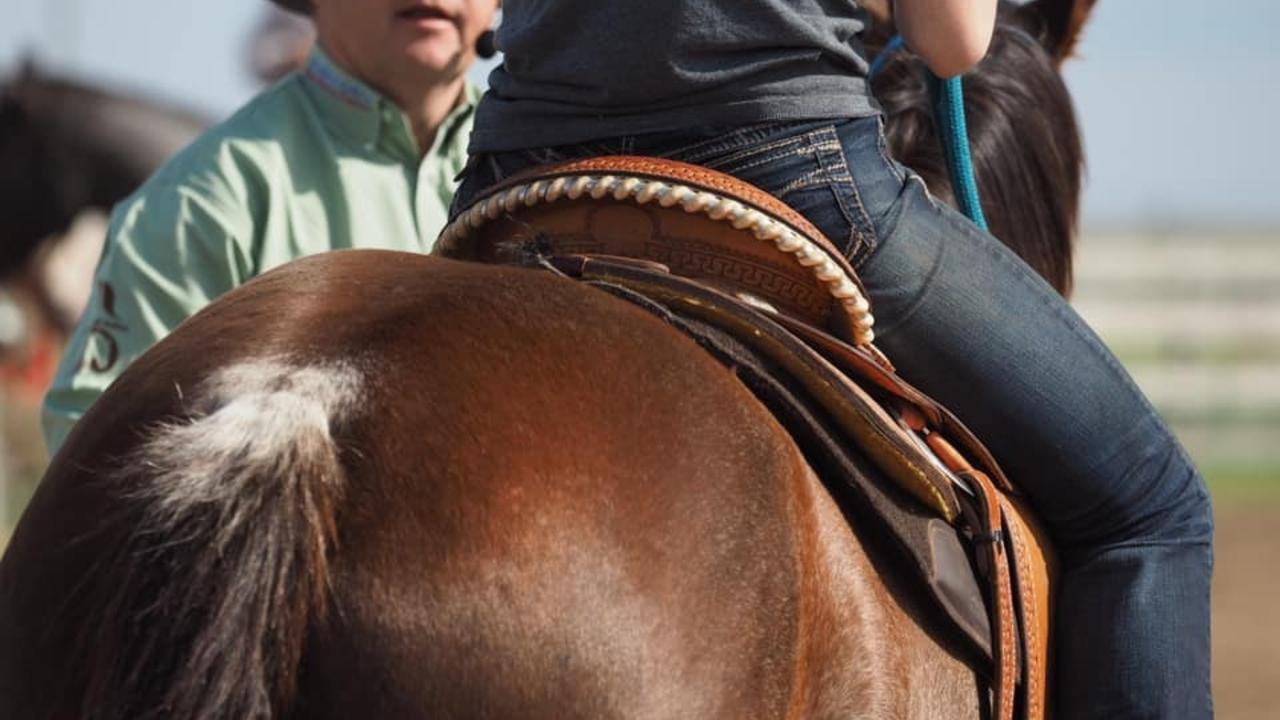I truly got to see, feel and learn this lesson when I was 18, my dad (Doug Mills) signed me up for the Junior European Trainers Challenge in Switzerland. There was three “junior trainers”, 3 year old un-started horses, three "open" trainers to coach the juniors and four training sessions. The coaches had a mic, so luckily I had my dads help every minute of my sessions.
At this particular challenge we were also using heart rate monitors, this would show the audience the horses heart rate throughout the entire session. It was extremely educational on a whole other level! My mind was blown at the level of peace I could bring to that nervous three year old... through leadership! The heart monitors made this very easy to see.
Throughout my sessions when I would release, my dad would be in my ear "one more time, take it one step further." At first I didn't understand because in my mind my horse was moving off my pressure softly without resistan
...










